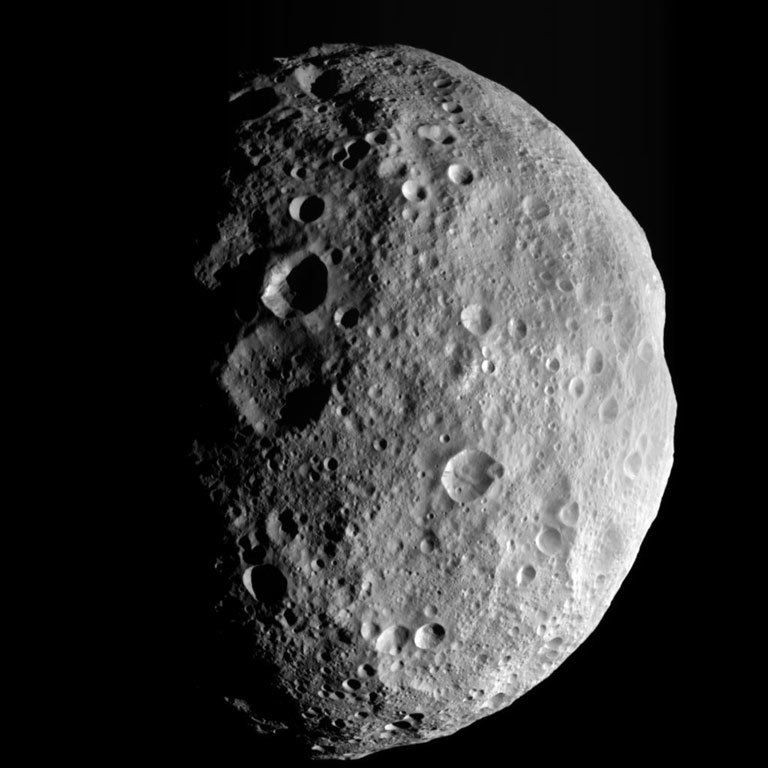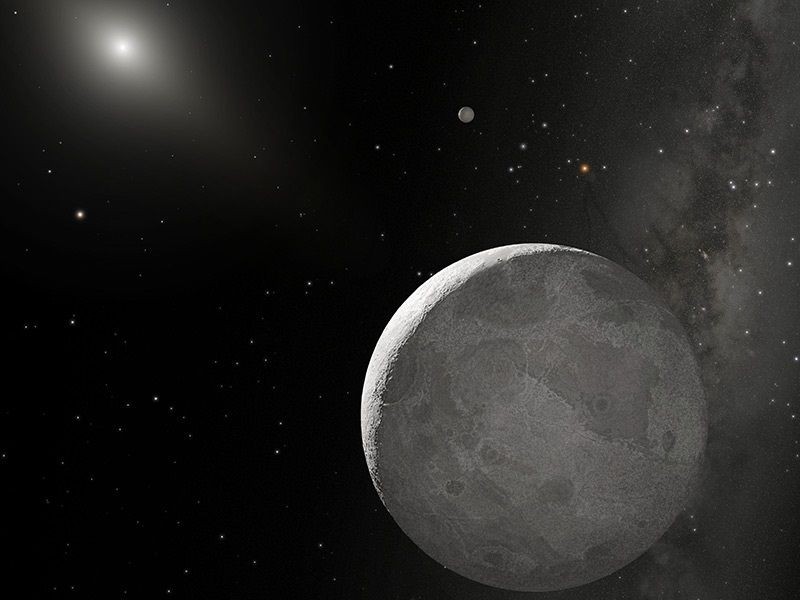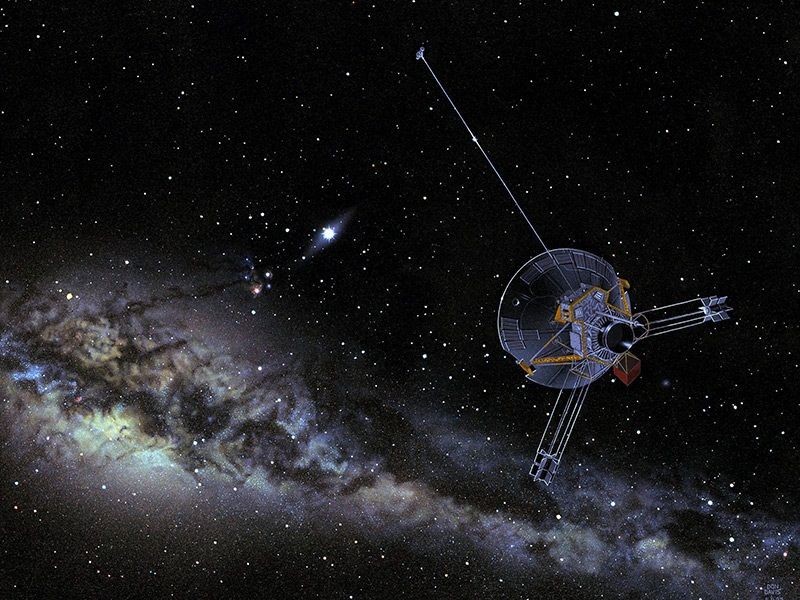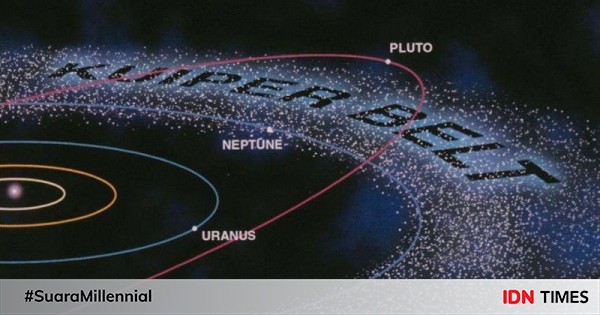In addition to the planets revolving around the Sun, there are other objects that are caught by the Sun’s gravitational force. At the end of the solar system, there is a region that contains a circle of ice. This region is known as the Kuiper Belt.
Curious about the Kuiper belt? see the information below.
1. The size is very big
The Kuiper Belt lies beyond Neptune’s orbit. With a doughnut-like shape, the end of the Kuiper belt is about 30 AU or astronomical units from the Sun. What is meant by astronomical units is the distance from the Sun to the Earth (about 150 million kilometers).
The core region of the Kuiper belt is about 50 AU from the Sun. After that, there is the outer part of the Kuiper belt which is spread up to 1000 AU. In fact, some parts of this belt are scattered even further.
–
2. Not found by Kuiper
 Astronomer Gerard Kuiper whose name is used to name a region full of icy bodies (doc. NASA)–
Astronomer Gerard Kuiper whose name is used to name a region full of icy bodies (doc. NASA)–
The name of the Kuiper belt was given after an astronomer from the Netherlands, Gerard Kuiper. He wrote a scientific paper in 1951 which wrote about celestial bodies that are after Pluto’s orbit. Kuiper himself did not actually predict the presence of objects in the belt.
Astronomers themselves were not aware when they discovered the Kuiper belt. The first KBO discovered was Pluto in 1930. This astronomer didn’t think there would be so many icy bodies beyond Neptune.
–
3. Similar to the asteroid belt
 Vesta, one of the asteroids in the asteroid belt (doc. NASA)–
Vesta, one of the asteroids in the asteroid belt (doc. NASA)–
For those of you who don’t know, the asteroid belt is a region that contains dwarf planets that are also referred to as asteroids in the solar system. The location of this asteroid belt is between the orbits of Mars and Jupiter.
Continue reading the article below
Editor’s picks
–
The Kuiper Belt is thought to be a remnant from the formation of the solar system. The difference between the Kuiper belt and the asteroid belt is that the Kuiper belt is shaped like a doughnut which is thicker than a disk. According to researchers, these icy bodies would have formed a large planet had it not been disturbed by Neptune’s gravitational field.
Also read: 5 Facts about the Oort Cloud, the Home of Comets Surrounding the Solar System
–
4. There is still much to be learned about the Kuiper belt
 Illustration of one Kuiper belt object, Eris (NASA doc.)–
Illustration of one Kuiper belt object, Eris (NASA doc.)–
So far there are only about two thousand Kuiper belt objects (Kuiper Belt object, KBO) recorded. However, this number is still relatively small considering the size of the Kuiper belt. It is estimated, there are hundreds of thousands of objects in each area of 100 kilometers.
According to the Nice model, there used to be more objects in the Kuiper belt. shifting the orbits of the four giant planets (Jupiter, Saturn, Uranus, and Neptune) made a lot of material lost. The amount of this material is approximately 7 to 10 times the mass of Earth.
–
5. Closely observed in 1983
 Pioneer 10 spacecraft illustration (NASA doc)–
Pioneer 10 spacecraft illustration (NASA doc)–
The first spacecraft to reach the Kuiper belt region was NASA’s Pioneer 10. However, this spacecraft did not visit any of the icy bodies that were there.
Meanwhile, the spacecraft that actually visited objects in the Kuiper belt was New Horizons. This NASA craft flew around Pluto and its satellites around July 2015.
Here is an explanation of the very broad Kuiper belt. There is still much to be learned about the Kuiper belt. Are you interested in finding out information about the Kuiper belt?
Give your feedback in the comments column, yes!
Also read: 5 facts about the Bennu Asteroid, the most likely asteroid to hit Earth
–
–

